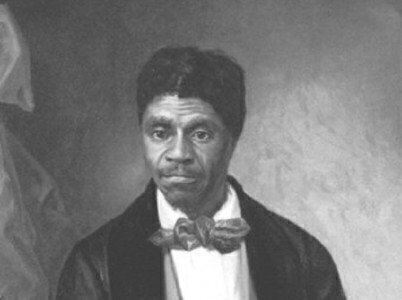LAD/Blog #19: The Dred Scott Decision
LAD/Blog #19: The Dred Scott Decision:
In 1846, Dred Scott, a slave, and his wife filed a suit against Irene Emerson (maiden name Sanford) for their freedom. Born into slavery in Virginia, Dred Scott was eventually purchased by John Emerson in St. Louis. He went with him to Illinois and Wisconsin, where he got married. Slavery had been prohibited in these territories due to the Missouri Compromise of 1820. They returned to St. Louis with the Emersons. Irene Emerson hired out the Scott family when John Emerson died, and it was then that Dred Scott sued for his freedom. Scott had lived in free territories, yet he was still considered the property of the Emersons. Nonetheless, Chief Justice Roger Taney ruled on the side of Sanford. He denounced the legal ability of Dred Scott to sue in the first place, saying even though some states may grant African Americans state citizenship, this does not relate to national citizenship. Therefore, he said African Americans should not be able to sue in federal courts and declared a lack of jurisdiction in the district courts. This decision ruled the Missouri Compromise, which stated all territories north of the 36 30 line were free, unconstitutional. Roger Taney ignored the precedent set as a result of the Missouri Compromise of "once free, always free" and made a questionable decision that many considered unconstitutional--a questionable decision that eventually led to the civil war.
 |
| The Dred Scott decision is similar to Plessy v. Ferguson, which upheld segregation saying "separate but equal." This was also later deemed unconstitutional. |

Comments
Post a Comment